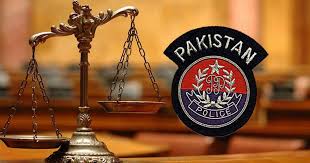By: Hadia Mukhtar
In year 2020, there has been a 4% increase in the cases concerning child abuse such as kidnapping, sexual assaults, forced marriages and missing children. Multiple factors can be attributed to increase number these cases such as the role of media in highlighting the plight of children particularly in the impoverished areas of Pakistan, the advocacy efforts to reduce the stigma for survivors and the role played by lockdowns during the pandemic to exacerbate the cases of violence against these innocent victims.
Out of these reasons, what is apparent is that such evidences are just the tip of the iceberg. What remains unnoticed or go largely ignored is the element of empathy in these cases particularly from the ends of the policymakers, activists and social media reporters. Even though the populist rhetoric stands for harsher and gruesome punishments for these perpetrators of violence, it does not guarantee that our country will eventually become a safe place for women and children.
Although the social activist and reporters are raising alarm bells over the miseries of these victims, our state and society continue to bury their heads in the sand instead of confronting the bitter realities lurking beneath these unspeakable crimes. This entails that the perpetrators of violence are none other than the people known to the victims in the ambit of relatives and neighbours. In this respect, these victims would have little incentive for support of they go against their own entourage and if they do so, the guarantee of receiving an ultimate protection from the state is unpromising.
Thus, what is imperative is the need to conduct exhaustive research in the domains of societal and cultural acceptance of violence among the victims which leads to the purgation of violence in the first place. Furthermore, by lending an ear to the poignant stories of these victims and survivors rather than dismissing them, only then we can bring about positive change by addressing the existing power imbalances between genders and social and economic inequalities that fuel violence.










